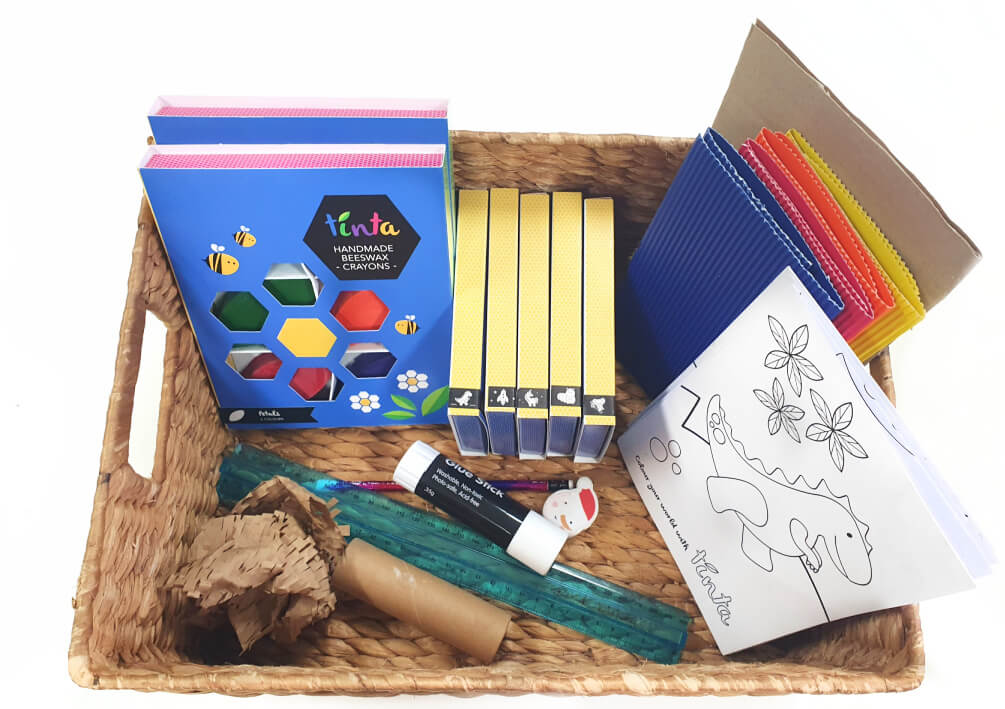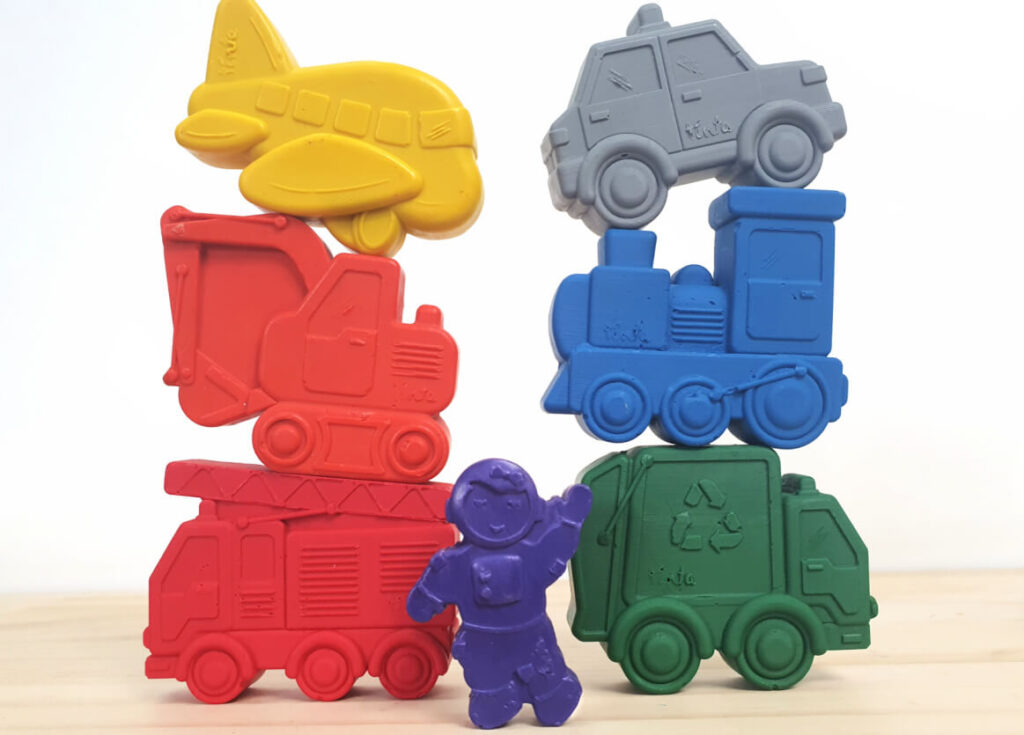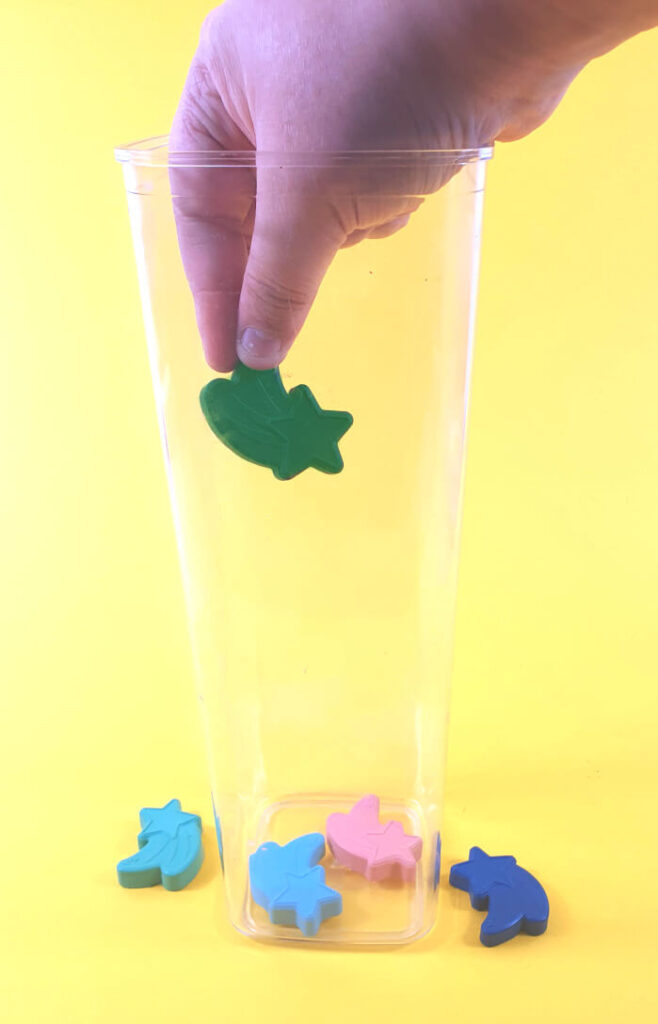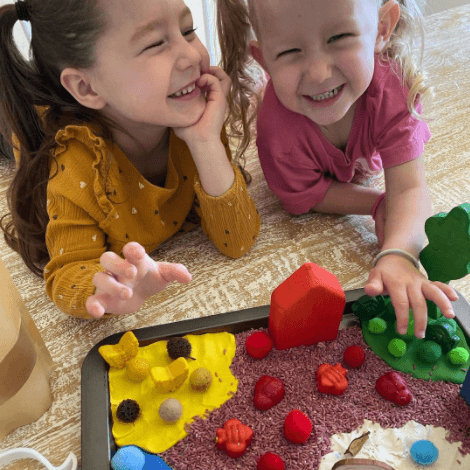~ Hello, Colour Lovers.
Play is a vital part of childhood.
But what exactly is play? When it comes down to it, play is any activity that exercises both the mind and the body. For a young child, turning the pages as they’re reading a book with you is play. Having royal tea parties and daring pirate duels is play. Even sorting blocks back into their box is play.
By their fifth birthday, a child’s brain grows to 90% of its adult size. They sit up, crawl, stand up, walk, jump, and run. They’re learning more every day, from how to speak to how to tie shoelaces and write their name. The best thing is while they’re playing they’re learning every second without even realising it!
Free play
For children under school age, free play is where they’ll get the most benefits developmentally. More structured play like basketball and swimming lessons are great for older kids, especially when it comes to developing interpersonal skills and patience.
Free play is the kind that happens out of the blue. It’s imagination in motion in the dress-ups box. It’s drawing the family pet in their favourite colour. It’s exploring the kitchen cupboard with a pirate’s treasure map. It’s running around on a playground until the sun sets, and much more.
Play is the workshop of their lives, where they can practise and pretend and figure out who they want to be. It’s in this kind of play we’re most interested in at Tinta.
Making a play kit
Every workshop needs a toolkit, and play is no exception. We’ve put together an example play kit, but you can make yours from anything.
A good rule of thumb is to include a variety of different toys and tools that engage different senses and require using different movements and muscles.
Crayons and paper foster good fine motor control especially in the fingers, while also exercising imagination with the bright colours.
Tools like safety scissors, glue, and shaped hole-punches encourage construction and lateral thinking, both parts of problem-solving. Building blocks, whether wooden like Jenga or plastic like Lego, are also great for problem-solving in a very interactive way and also provide avenues for exploring new feelings such as frustration. Textured things like pompoms, playdough, and oobleck engage the sense of touch. Adding a tennis ball, small beanbags, and a skipping rope encourages good amounts of outdoor play involving gross motor control too.
Even the container all these things are kept in could be something to play with. Here, we’ve used a wicker basket, perfect for all those kids who dream of being snails and turtles. The possibilities are endless, and the fun is unlimited!
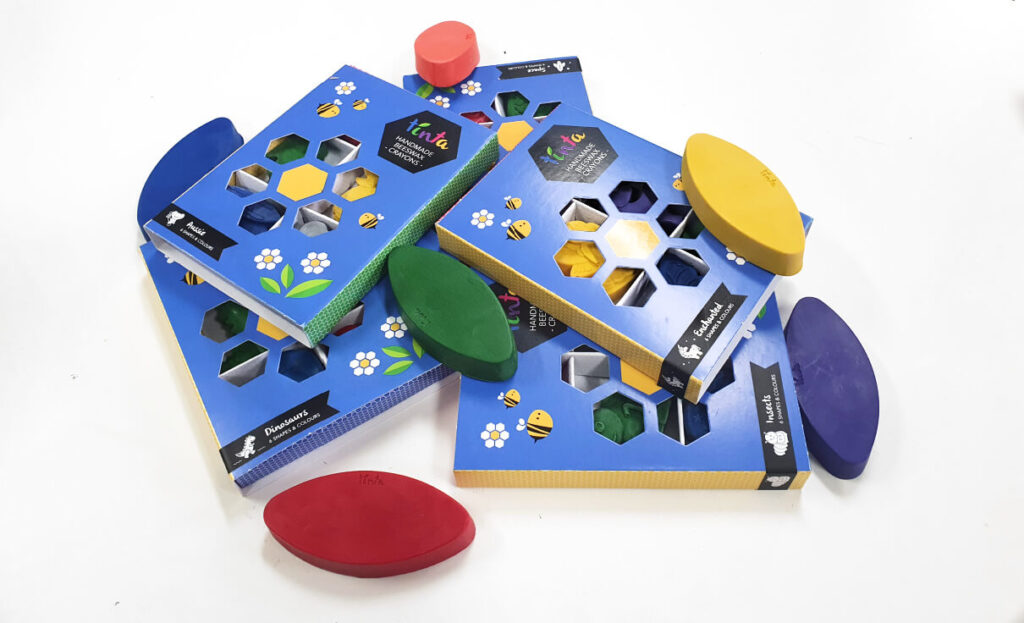
Problem-solving through play
During the first five years of your child’s life, their brain will form millions of interconnections between billions of brain cells in response to the world around them. It’s the fastest their brain will develop in their whole life, and this is where the building blocks for adult life start getting laid down.
Problem-solving skills are especially important to learn early on in life. These include abstract things like concepts, trial and error, pattern recognition, and more. All play involves problem-solving to some degree. Often, the storage containers of children’s block sets will have differently shaped holes cut into the lids. If a block doesn’t fit one way, your child will have to turn it around or try different holes until it does. This also has the added bonus of introducing the concept of tidying up, plus it engages other areas of development like fine motor skills.
During the toddler years, your child will likely become obsessed with matching things. A good game to play with your child is sorting things into colours, or into shapes for more experienced sorters.
Introducing an ‘odd one out’ in these games can assist with developing object permanence, especially if the object isn’t the same colour or size as it always was previously.
You can also encourage their confidence by letting them explain to you how the object doesn’t fit the rest of the group. This will form a physical connection in their brain between the ‘right’ answer and their answer, and with repetition, this connection becomes stronger and stronger until it’s almost instinctual.
The way children learn how to problem-solve is generally by copying. So, say your child has been given a set of crayons for their first birthday. They’ve seen people use them, but don’t have the brain connections themselves to copy the act of colouring outright. They’ve never encountered a crayon themself before, but what they do have is a tried-and-tested method of experimentation known as ‘banging’. So they grip the crayon like a caveman would a rock, and they start hitting it on the nearest surface. This leaves a colourful mark, makes a sound, and forms a new connection in their brain.
Maybe the crayon chips in the force of the blow and, being curious by nature, your child eats it. That forms another connection, one which tells them that things that smell and look nice don’t always taste nice. But you don’t need to worry—Tinta crayons are all non-toxic!
A little while later they’ll hold the crayon on the paper a little longer, and drag it back to make a line, which forms another connection. But they see that it’s difficult to keep making lines if they’re pressing so hard, so through trial and error they gradually learn to hold it a bit more loosely and drive less force into the actions, which forms even more connections as a result.


Not only is this action of learning to colour-in developing their brain and problem-solving skills, it’s also developing motor skills in the process.
Motor control
Motor control is the absolute foundation of physical development. It’s the voluntary use of various parts of the body, like joints and muscles, to do things like climb a tree or draw a picture.
Encouraging your child to use their fingers in a variety of ways is easier than you might think. Because children learn a lot through pattern recognition, they’ll have a riot of a time sorting things into groups.
So you can make it a challenge to pick small objects up with their whole hands, then with pincher fingers (thumb and forefinger), then with stiff tweezers.
Picking an object up with only their pincher fingers and placing it gently in a tall container so it doesn’t make any noise can be a great exercise for the muscles of the hand and arm.
Putting things into pockets and pulling them out again helps with both motor control and object permanence too.
Key to developing both kinds of motor control is lots of daily movement, whether that’s running around playground equipment outside or building with blocks inside. Getting active every day with your child helps move and strengthen the muscles responsible for gross motor activities like walking, jumping, running, climbing, and more.
Games that involve catching balls, scavenger hunts, and climbing also develop fine motor skills in the opening of hands, picking up objects, dropping or throwing objects, and holding onto things like ropes or ladder rungs to climb up play equipment. This kind of active play, especially with your involvement as an equal rather than a driving force, is also great for their confidence as they test their abilities and see they’re improving all the time.
Imagination
One of the biggest developmental areas play helps with is imagination. Imagination acts as a set of blueprints for your child to explore the world around them, to then begin to understand their role in it.
Especially in instances of pretend-play, it’s an outlet where they can test and express new feelings, ideas, and situations they might encounter outwards in life while maintaining their own safe space inwards. They will copy situations they’ve encountered before, whether in day-to-day life or in stories, and from there learn more through trial and error.
When playing with a peer, they can also learn which behaviours are acceptable and which are upsetting.
Anything in the world can inspire imaginative thought processes. This is why we make all of our crayons in cool shapes. Every shape within the box helps tell a story. A handful of our flower crayons could become cakes for a tea party, money, or even a beautiful window-box garden. A box of our Universe crayons could lead to the next Star Wars movie, this time played out in the theatre of your child’s imagination complete with all the whooshing spaceships and crazy aliens. Even our petal crayons could become precious gems to be dug out of sandpits-turned-mines, and many more things we haven’t thought of.
Imagination forms the bedrock of other more abstract things your child will encounter later in life, such as mental arithmetics and story-telling. And of course, it’s also fun, and fun is good.
We hope you’ve enjoyed our journey through the world of play and development. Parenting can be a difficult road, and thinking of stimulating play options can be quite taxing, but hang in there— you’re doing a great job! If you’re curious about building your own play kit, check out our socials and subscribe to our newsletter for more ideas. See you next time!
Maria & Maria x
For more information on the role of play in your child’s development, here are some of the resources we use: raisingchildren.net.au


